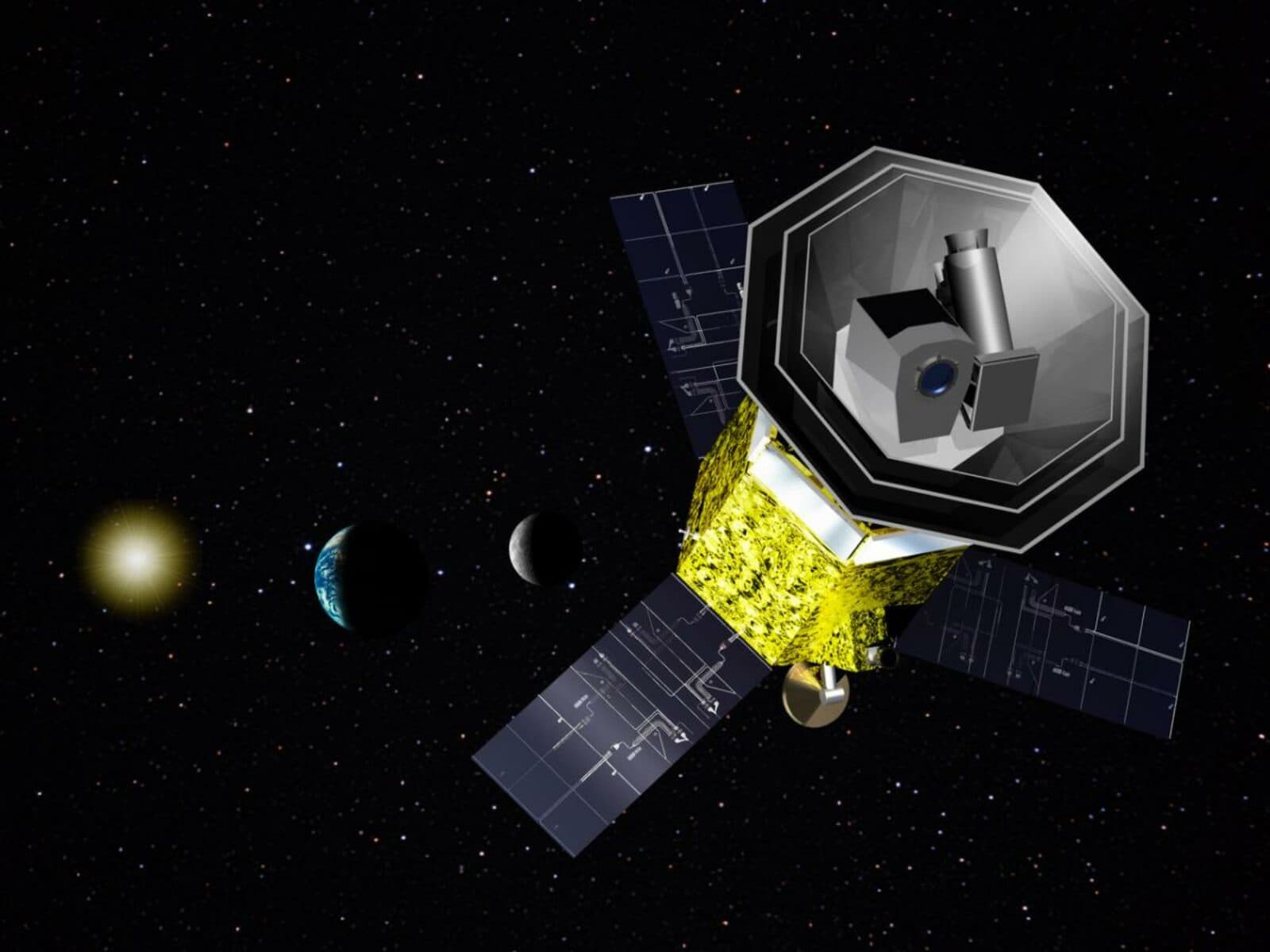Seeing Back to the Beginning
by Sally Johnson
A future satellite will measure polarization within cosmic microwave background radiation

The Author
The Researcher
In 2028, the Japanese Aerospace Exploration Agency (JAXA) will launch a satellite called LiteBIRD to measure polarization in cosmic microwave background radiation. The Kavli Institute for the Physics and Mathematics of the Universe (IPMU) at the University of Tokyo will lead the data analysis for this project and provide a part of the mission instrument.
“When the universe began 13.8 billion years ago, it was so hot and dense that light couldn’t travel in a straight path,” explains Hirosi Ooguri, director of the Kavli Institute for the Physics and Mathematics of the Universe (IPMU) at the University of Tokyo. “Suddenly, about 400,000 years after the Big Bang, when the universe cooled enough and became ‘neutral,’ then light could propagate in a straight path. Light emitted at that time is now at the microwave wavelength, which is known as cosmic microwave background radiation. It’s also called ‘3K radiation,’ since the light is cooled down to that temperature.”
This discovery was made a half century ago. More recently, theorists are predicting based on the cosmic inflation theory that the light from the beginning of the universe should be polarized. Polarization is the orientation of the electrical field within the light perpendicular to the direction of propagation, and this is what the upcoming satellite will measure.
If cosmic inflation is correct, “the polarization carries an important clue about how the Big Bang began,” Ooguri adds. “So far it’s just a theory, but it makes a particular prediction about polarization of the cosmic microwave background radiation. A version of the inflation theory predicts that about 0.1% of temperature anisotropy of the 3K radiation should be linearly polarized.”
The concept of cosmic inflation proposes that the universe underwent a period of blazingly fast expansion within a tiny fraction of a second after its formation. This theory predicts that primordial gravitational waves were created during the inflationary period, and that they’re imprinted within cosmic microwave background radiation polarization as special patterns called the “B-mode.”
Measurements of the B-mode polarization of the cosmic microwave background radiation are believed to be one of the best ways to probe for primordial gravitational waves. This could reveal details about the initial conditions of the Big Bang, and how the Inflation period of expansion of the universe began – while also opening the door to putting theoretical predictions of superstring theory to the test.
LiteBIRD will measure the polarization of the cosmic microwave background radiation over the entire sky during its three-year mission.
“These measurements are going to give us a glimpse of the universe before the Big Bang, which is very exciting,” Ooguri says.